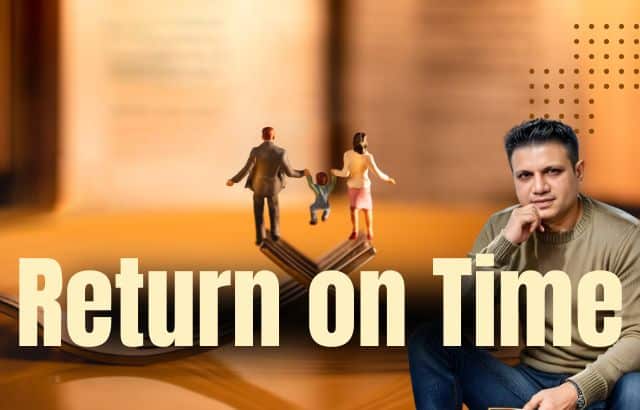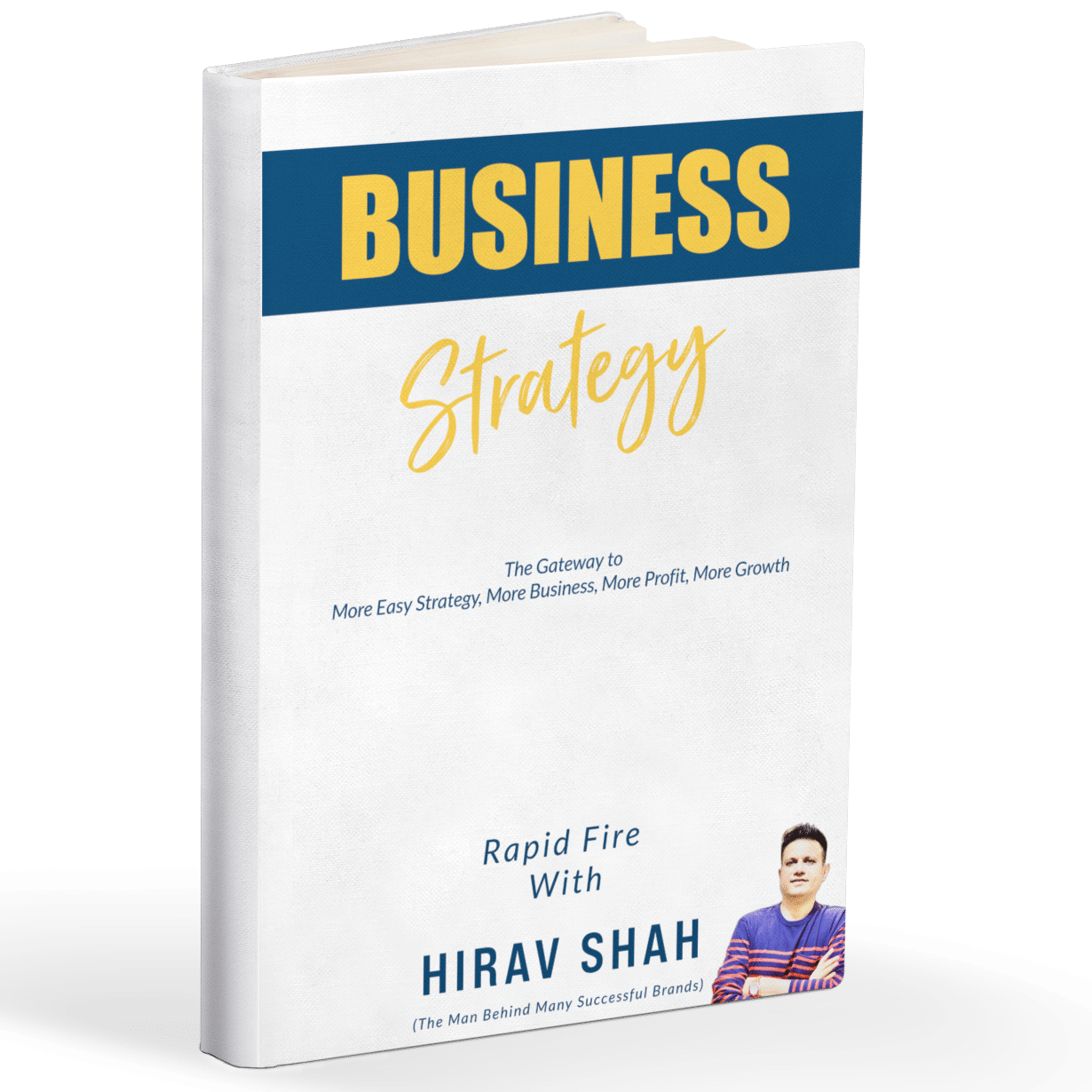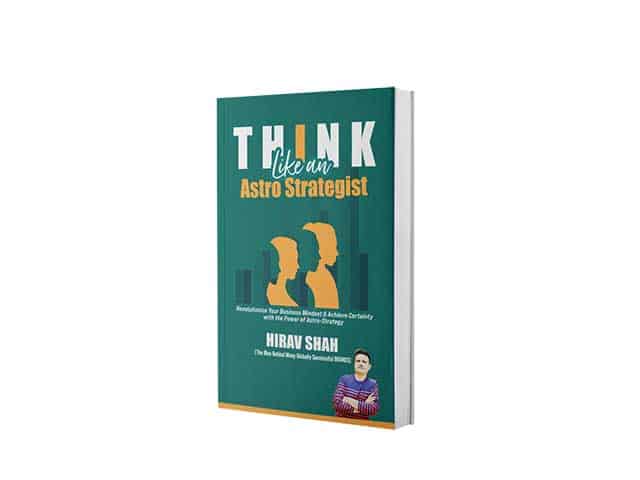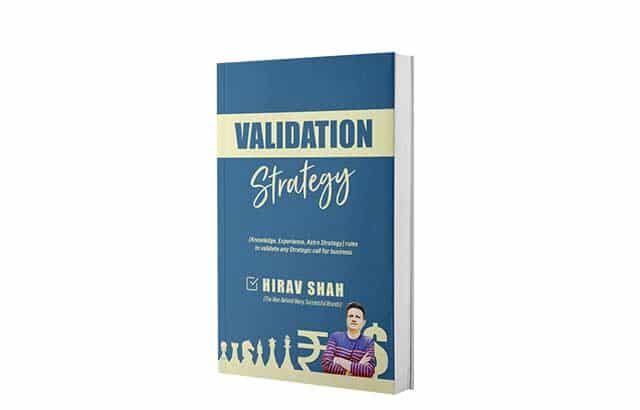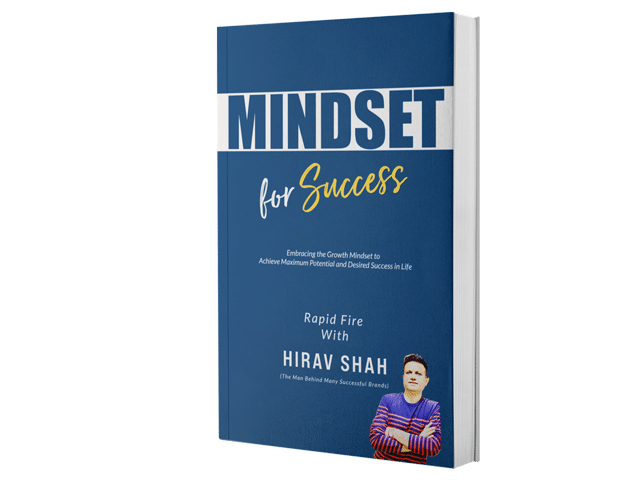Table of Contents
Why Time Is the Real Currency of Success—and How Smart Founders Multiply It
Every business leader talks about profit. Every founder calculates ROI. But in today’s fast-moving world, success is no longer about just returns on money. It’s about returns on your most valuable asset—time.
This is where a powerful shift is happening. From chasing only ROI (Return on Investment), smart entrepreneurs are now prioritizing ROT—Return on Time.
Let’s begin by understanding what we truly invest in every day.
🪙 What Is an Investment, Really?

An investment, in its purest sense, is the act of putting something valuable into a system or effort—with the hope of getting something greater in return. Traditionally, we associate this with money: you invest capital in a business, and expect profits. But investment is far more than financial.
You invest your time in meetings. You invest your energy solving client problems. You invest your focus trying to scale. Every message you answer, every hour you work, every late night you spend—it’s all an investment.
Understanding investment beyond money is crucial, because most entrepreneurs aren’t just losing cash—they’re bleeding time and peace. That’s why rethinking investment is the first step toward rethinking how we define growth.
Before we talk strategy, we need to understand the foundation. Most people think of investment as just about money. But real entrepreneurs know: investment goes beyond rupees and returns.
You invest your time, focus, energy, creativity, and peace of mind in your business. And unlike money, time doesn’t come back. This makes understanding investment a much deeper game than just numbers.
Every single day, you’re spending:
- Time (non-renewable)
- Energy (often ignored)
- Attention (easily hijacked)
- Focus (your deepest currency)
- Mental peace (your silent backbone)
“Your business doesn’t just need capital. It needs your clarity on where your time and energy go.”
— Hirav Shah, Global Business Strategist
📈 What Is ROI—Return on Investment?

So what exactly is ROI, and why has it become such a staple in every business conversation?
ROI, or Return on Investment, is a calculation that tells you how much profit you’ve earned in comparison to what you spent. It’s one of the most-used metrics in business decision-making.
Why? Because it gives a quick snapshot of financial efficiency. If you spend ₹1 lakh and make ₹2 lakhs, your ROI is 100%. That’s a clear win, right?
Well, not always.
ROI shows you what your money did, but ignores what your time went through. It doesn’t measure how many hours you worked, how much stress you took, or what personal costs you paid. That’s the blind spot.
And that’s why we need to go beyond ROI—and explore ROT.
ROI is a standard business metric. It helps you understand whether your monetary investment is giving results. But too often, people treat ROI as the only success parameter.
ROI = (Gain from Investment – Cost of Investment) ÷ Cost of Investment
This measure is important—but partial. It tells you what your money did, but not what your time endured.
For example, spend ₹1 lakh on marketing, make ₹2 lakhs back — your ROI is 100%.
But what if that profit took 2 months of daily stress, long hours, and neglected family dinners? What if you burned out? ROI doesn’t measure that.
That’s where something more holistic enters: ROT.
🧭 What Is ROT—Return on Time?

So far, we’ve talked about how much focus businesses place on ROI—but what if there’s a smarter, more sustainable lens to measure success?
Enter ROT—Return on Time. While ROI focuses on the returns you get for the money you invest, ROT asks a deeper question: Are you getting the right returns for the time and energy you’re investing?
In today’s high-speed business environment, time is your most expensive currency. Unlike money, you can’t earn it back. That’s why the concept of ROT is becoming a guiding principle for modern leaders and high-performing founders.
Here’s what ROT really means, and why it’s your most critical business filter.
ROT means evaluating whether something gave enough value for the time you spent on it.
In a world where founders juggle 15 things a day, measuring ROI alone isn’t enough. You need a lens that evaluates peace, bandwidth, growth, and alignment.
ROT helps you:
- Avoid energy-draining clients
- Say no faster
- Make leaner, smarter decisions
- Protect what can’t be recovered: your time
If ROI answers:
- 👉 “Did I make money?”
Then ROT answers:
- 👉 “Was it worth it—mentally, physically, emotionally?”
“Time is the only currency that doesn’t come with a refund policy. ROT is how smart entrepreneurs protect it.”
— Hirav Shah
🌟 Real Story: Riya’s Big Deal (High ROI, Poor ROT)

To truly grasp the gap between ROI and ROT, let’s look at a story.
Riya, a boutique fashion entrepreneur, landed a massive order—corporate uniforms for 1,200 staff. On paper, it was her biggest break. ROI was fantastic. But in reality:
- Endless client demands
- Team exhaustion
- Other revenue channels suffered
- She lost control of her business rhythm
She made ₹5 lakhs. But lost 2 months of peace, sleep, and future momentum.
This is the classic mistake: we over-celebrate ROI and ignore the Return on Time.
🔄 ROI vs ROT — What’s the Real Difference?
On the surface, ROI and ROT might seem like similar tools—both aim to measure return. But dig deeper, and you’ll discover that they speak to completely different dimensions of success.
ROI, or Return on Investment, is about numbers. It tells you if your money brought back more money. It’s essential when evaluating the profitability of campaigns, product launches, or business expansions.
But ROT, or Return on Time, introduces a more human and strategic perspective. It asks: Did this effort justify the time, energy, and focus it consumed? In other words, it looks beyond the balance sheet and asks whether you felt productive, peaceful, and aligned.
Let’s say you got a big client project. Your ROI might look fantastic. But if the client drained your team, caused constant revisions, and forced you to sacrifice other profitable work—you’ve suffered a low ROT.
A smart business doesn’t just maximize revenue—it optimizes time. That’s why seasoned strategists always ask both questions:
- ROI: Did this make financial sense?
- ROT: Did this make life sense?
Most people evaluate decisions only on profitability. But seasoned strategists know: a profitable decision that steals your peace is still a loss.
Understanding the difference between ROI and ROT helps you protect your bandwidth, focus, and team momentum.
| Scenario | ROI Thinker Says | ROT Thinker Asks |
|---|---|---|
| Big-ticket client | “Let’s close it—it’s big money.” | “Will this hijack my schedule for 2 months?” |
| Free webinars | “More exposure = more sales later.” | “Is this converting or just keeping me visible?” |
| Social collabs | “They have a big audience.” | “Will this build trust or just take time?” |
| Daily tasks | “It needs to get done.” | “Do I need to do this—or can someone else?” |
📉 The Hidden Costs of Poor ROT
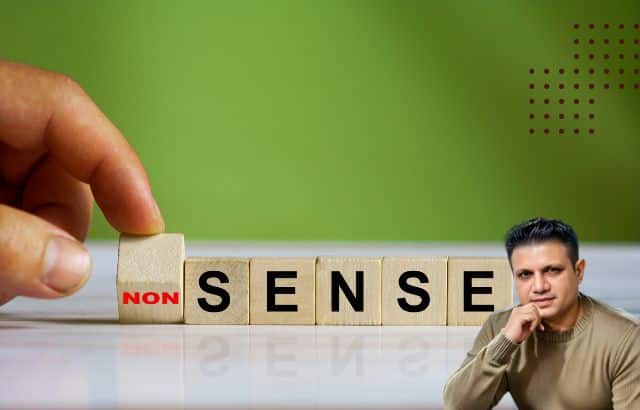
Ignoring ROT doesn’t always cause problems immediately—but over time, the damage is undeniable. At first, things may look like they’re working: clients are coming in, revenue is growing, and your calendar is packed. But underneath that surface lies a quiet erosion.
What is the hidden cost of poor ROT? It’s the cost of opportunities you couldn’t pursue because your time was already committed. It’s the toll on your health from long hours and emotional strain. It’s the creative ideas that never came to life because your brain was too tired. And often, it’s the slow drift of your passion for the very business you built.
Why is this important? Because time is the only asset you can’t earn back. When you waste it on low-ROT decisions, you’re not just spending time—you’re sacrificing your next breakthrough, your peace of mind, or even your company culture.
How does it happen?
- You say yes to projects out of pressure or fear.
- You chase ROI without asking if the path aligns with your energy.
- You treat every hour as equal, even when some hours drain more than they deliver.
And where do you feel it most?
- In your calendar, which feels bloated.
- In your sleep cycle, which becomes inconsistent.
- In your joy, which starts to feel more like fatigue.
Let’s not confuse profit with progress. High ROI with poor ROT is a slow killer.
“Success is not about doing more. It’s about doing what matters, with peace.”
— Hirav Shah
If you ignore ROT, things look great on the outside—but cracks grow on the inside.
You might:
- Miss higher-leverage opportunities
- Constantly feel stretched
- Struggle to scale
- Build a business that feels like a job
And slowly, you lose the joy and creativity that once fueled your venture.
“Success is not about doing more. It’s about doing what matters, with peace.”
— Hirav Shah
⛔ Why Most Entrepreneurs Ignore ROT

If ROT is so valuable, why do so many entrepreneurs overlook it?
The answer lies in how we’re conditioned to work. From a young age, most business minds are trained to associate hustle with success. The idea of being “always on” or having a packed calendar is seen as a badge of honor. We believe that staying busy is equivalent to being productive.
This deeply ingrained mindset makes us confuse activity with effectiveness. We chase every lead, attend every call, and accept every meeting—without asking, “Is this worth my time?”
Why do we fall into this trap? Because most entrepreneurs fear missing out. They worry that saying no to any opportunity could mean losing money, visibility, or momentum. So, they say yes to everything that looks even remotely beneficial in terms of ROI.
But here’s the cost: endless fatigue, reactive decisions, and businesses that look successful but feel exhausting. ROT helps challenge this culture. It teaches you to evaluate value per minute, not just revenue per task.
When you shift your mindset to ROT, you realize that the real success metric isn’t how much you’re doing—it’s how aligned, energized, and in-control you feel while doing it.
Because we confuse activity with effectiveness.
We were raised on:
- “More hustle = more results”
- “Full calendars mean success”
- “Say yes to every opportunity”
But that leads to fatigue, confusion, and even burnout. ROT challenges that by teaching you to think in terms of value per minute, not just revenue per project.
💬 Founder Reality Snippets (Real Examples)

Let’s take a closer look at what high ROI but poor ROT looks like in real-life business scenarios. These are not abstract theories—these are everyday stories playing out across startups, agencies, and solo ventures.
🧵 Raj, a digital marketer, took on three high-paying clients within a month. On paper, his revenue doubled. But in reality, his days stretched to 16 hours, his weekends vanished, and his sleep cycle collapsed. He made more money, but lost control of his life.
🧵 Sanya, a passionate life coach, decided to offer 12 free workshops in 30 days to boost her social media visibility. Her followers increased, her DMs flooded, but not one paying client converted. The return in numbers was great. The return on her energy and time? Disappointing.
🧵 Aman, who runs a creative agency, landed a unicorn startup as a client. Everyone applauded the deal. But the client’s unrealistic expectations led to multiple revisions, high-pressure deadlines, and internal team burnout. While it looked like a big win, it became a heavy emotional and operational cost.
These are not business failures. They’re reflections of decisions made with ROI in mind but without checking ROT. And they show up everywhere, silently draining founders, leaders, and teams from the inside out.
🧠 ROT Thinking – The Shift Smart Founders Are Making

Smart founders don’t just ask, “How much money will I make?” They ask, “Is this a wise use of my time, energy, and focus?”
ROT thinking teaches you to say:
- No to the wrong opportunities
- Yes only to aligned decisions
- And pause to evaluate peace before profit
Ask These 5 Questions Before You Say Yes:
- ❓ Can this be done without me in the long term?
- ❓ Will this client energize me—or exhaust me?
- ❓ Does this help me move closer to my main vision?
- ❓ Can someone else do this 80% as well as I can?
- ❓ Will this still matter 6 months from now?
✅ A Strategic Shortcut: Use Hirav Shah’s 6+3+2 Filter

This tool helps you validate decisions not just emotionally—but strategically.
It’s built around 6 fundamentals, 3 internal traits, and 2 external levers. When decisions tick most of these boxes—they’re likely to give strong ROI and ROT.
6 Core Pillars:
- Hard Work
- Mindset
- Strategy
- Skills
- Execution
- Luck
3 Inner Drivers:
- Hunger
- Dedication
- Consistency
2 Growth Multipliers:
- Innovation
- Marketing
“If an opportunity doesn’t align with at least 70% of the 6+3+2 model—it will cost more time than it gives back.”
— Hirav Shah
📋 ROT Scorecard: Quick Audit Tool
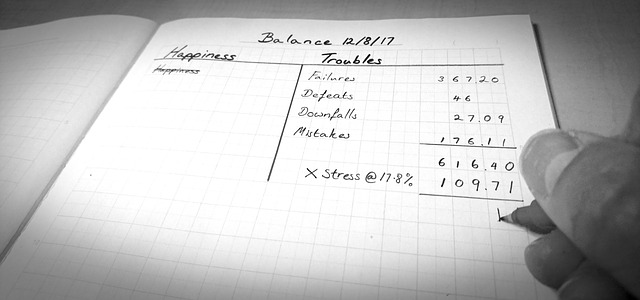
Use this when evaluating projects, partnerships, or offers. Rate each out of 10.
| Question | Your Score |
|---|---|
| How much value did I receive for the time spent? | |
| Did I feel energized or drained after doing this? | |
| Can this create repeatable results or just one-time wins? | |
| Is this in alignment with my long-term goals? | |
| Could someone else have done it just as well? |
👉 Total out of 50. Below 35? Poor ROT. Reconsider or reframe.
📚 ROT for Different Business Roles
Here’s how different leaders can benefit from ROT:
| Role | ROT Focus |
|---|---|
| Founders | Prioritize leverage over effort. Protect time blocks. |
| CEOs | Evaluate everything based on strategic impact per hour. |
| Consultants | Focus only on high-alignment, high-impact clients. |
| Creators | Don’t let collaborations dilute brand energy or focus. |
🔥 Hirav Shah’s ROT Truths – Pin These
- 🔹 “What doesn’t align, drains.”
- 🔹 “Busy is not brave. Aligned is.”
- 🔹 “Success should expand your time, not consume it.”
- 🔹 “If it’s not multiplying peace, it’s not worth your time.”
- 🔹 “Say no faster. Your next yes depends on it.”
- 🔹 “Every yes without a filter is a future regret.”
- 🔹 “ROT isn’t optional anymore—it’s survival.”
🏰 Final Thought: ROI Pays Bills. ROT Builds the Life You Want.

ROI is a great tool. But it’s incomplete without ROT.
Because what good is profit if you lose purpose?
What good is revenue if your health, creativity, and peace decline?
Ask yourself daily:
- 👉 “Will this give me energy—or take it?”
- 👉 “Is this the best use of my time—or just the easiest yes?”
Build for income. But also build for impact, identity, and inner balance.
🙋 FAQs
Q: Is ROT realistic for startups?
Yes—especially for startups. Your early decisions define your culture, energy, and future pace. Start early, scale smarter.
Q: Can ROI and ROT co-exist?
Absolutely. The best decisions offer both. But if you ever have to choose—choose ROT.
Q: What if I’m already in low ROT projects?
Audit. Reprioritize. Have the tough conversation. Your future deserves better decisions.
About the Writer
This article is authored by Hirav Shah, a globally respected Business Strategist, founder of the world’s first Business Decision Validation Hub and author of 18 strategy books. His 6+3+2 framework and Astro Strategy approach have helped business owners, startups, and CEOs across industries make sharper decisions and achieve breakthrough results.

